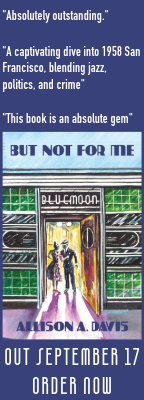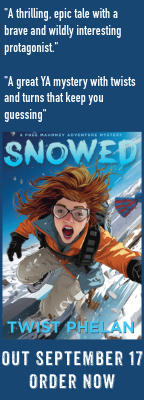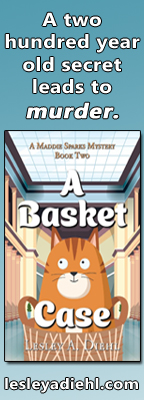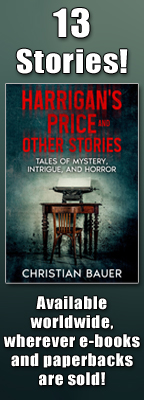by Beth Castrodale
I’ve loved ghost stories since I was a kid. Back then, I’d sometimes write my own spooky tales, and they often featured unsuspecting children who’d wandered into haunted houses or castles. Looking back, I think I was trying to make a personal connection with the books, movies, and TV shows that frightened me the most. But I’m sure I didn’t think about what made ghost stories tick.
 That all changed while I was working on my latest novel, The Inhabitants. I started thinking more about what makes such stories scary, and why. Based on those reflections, I identified some key elements of good ghost stories. Below are just a few.
That all changed while I was working on my latest novel, The Inhabitants. I started thinking more about what makes such stories scary, and why. Based on those reflections, I identified some key elements of good ghost stories. Below are just a few.
The setting is a character––often the most frightening one in the story. The most well-known example of setting-as-character may be the unsettling abode at the center of Shirley Jackson’s The Haunting of Hill House.
I love how, in the very first passage of the novel, Jackson suggests that the house is a conscious entity. For example, she writes that it’s “not sane” and says that it’s actively “holding darkness within.” Then we have the phrase “whatever walked there, walked alone,” which feels like another animating force. It’s just a brilliant setup for the unsettling events that follow.
Another great setting-as-character novel is Anne Rivers Siddons’ The House Next Door. In this book, the house in question isn’t some old and cobwebby number; it’s brand new and stunningly beautiful. Still, it possesses a malevolence that destroys the lives of everyone who lives there and also turns neighbor against neighbor. The author shrouds the reason for this malevolence in mystery, making the house even more frightening.
Events play havoc with protagonists’ perceptions or judgments. Some great examples of this appear in Henry James’s novel The Turn of the Screw. The unnamed governess at the center of the novel sees what she believes are the ghosts of the former governess and of a former valet. But does she? Or are they just vivid hallucinations?
Either way, the governess is alarmed by what she perceives, and she comes to believe that these ghosts are trying to corrupt her young charges.
The question of whether the governess is hallucinating or really seeing the valet’s and the governess’s ghosts is never answered definitively. This lack of resolution creates a kind of tension, and it keeps readers turning the pages.
The writer shows empathy for the characters. Although I’m discussing this element last, in my opinion, it might be one of the most important aspects of a good ghost story. In a great essay on this subject, the writer Gabino Iglesias observed, “Without empathy, horror fails. Readers need to feel a connection with the characters they’re reading about, and that connection can’t happen in an empathy vacuum.” I couldn’t agree more.
While writing The Inhabitants, I tried to show empathy for all of the characters, even for the biggest villain. In fact, it’s important for me to empathize with characters as I write any fictional work. If I can’t feel a connection with them, how will readers?And when readers feel that connection, they’ll be more invested in the story, and they’ll feel more affected when characters face unsettling––or even terrifying––situations.
One classic example of authorly empathy is Stephen King’s writing about Carrie, the protagonist of his famous first novel. He really makes us feel for Carrie when she’s being bullied by her high school classmates, and by her mother. By the time we get to the climax of the novel––Carrie’s telepathic acts of vengeance at her school’s prom––her actions are a lot more understandable than they would have been if King had not made us care about her and see the toll bullying had taken on her.
Of course, the bottom line with any scary story is that it should deliver plenty of chills and haunt you long after you’ve finished it. May you get many such chills this spooky season!
You can click here to purchase this book from Amazon.
Check out other mystery articles, reviews, book giveaways & mystery short stories in our mystery section. And join our mystery Facebook group to keep up with everything mystery we post, and have a chance at some extra giveaways. Also listen to our new mystery podcast where mystery short stories and first chapters are read by actors! They are also available on Apple Podcasts, Google Play, and Spotify.
Disclosure: This post contains links to an affiliate program, for which we receive a few cents if you make purchases. KRL also receives free copies of most of the books that it reviews, that are provided in exchange for an honest review of the book.



















0 Comments